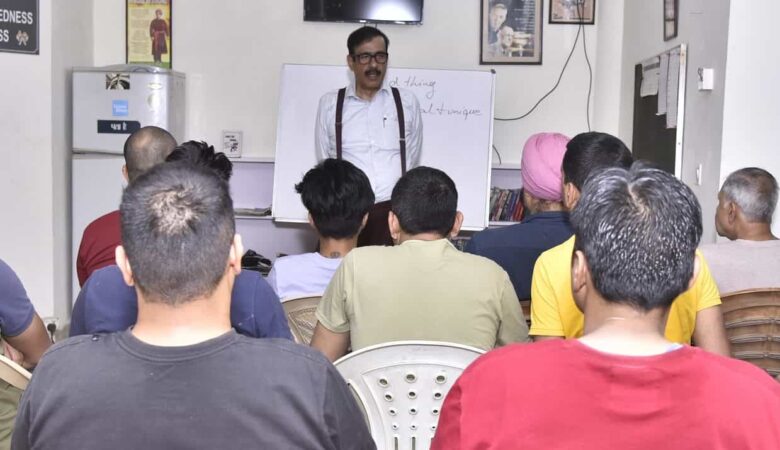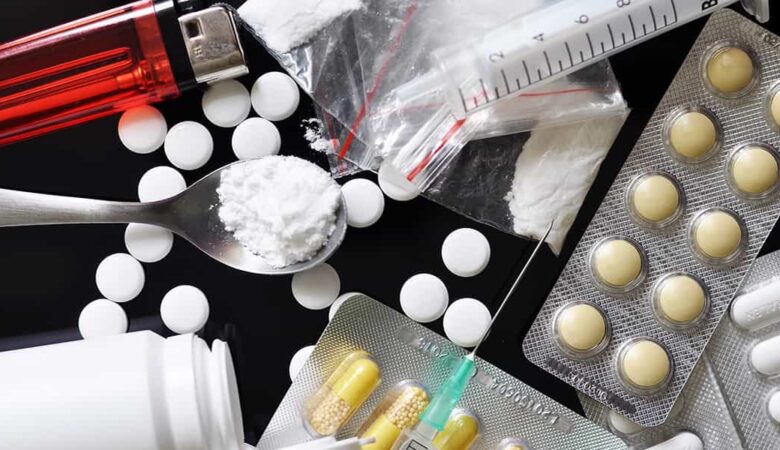Psychological Risk Factors Associated with Alcoholism and Drug Addiction
After writing about the Biological Risk Factors let us take a look at the Psychological Risk Factors associated with Alcoholism and Drug Addiction. The Psychological Risk Factors revolve around a set a mistaken addictive beliefs that using alcohol and drugs is good for me and not using these substances is bad for me. There are three other Psychological Risk Factors, namely, Confused Morality, Antisocial Personality Traits and Poor Judgement. All these can intensify the addictive beliefs. Let us look at them in some detail as this can help explain why some people become alcoholics and addicts. The Psychological Risk Factors 1. Addictive Beliefs: It is the mistaken belief that alcohol and drugs are good for me and not drinking alcohol and using drugs is bad for me. 2. Confused Morality: A lack of clarity in distinguishing right from wrong and good from bad. 3. Antisocial Personality Traits: A strong need to be dishonest, challenge authority, break rules, victimize others, tendency to blame others, and a deeply held conviction that I have done no wrong until I am caught. 4. Poor Judgement: A tendency to make bad decisions that cause problems and unnecessary suffering and pain. We shall look at these factors in more detail. As we look at these factors remember that it is a two way street. Addictive Beliefs, Confused Morality, Antisocial Personality Traits and Poor Judgement make it more likely for the person to start using alcohol and other drugs that leads to abuse and addiction. However, the reverse is also true. When High Risk People start abusing alcohol and other drugs they are more likely to develop Addictive Beliefs, Confused Morality, Antisocial Personality Traits and Poor Judgement that set them up to continue using alcohol and other drugs. Psychological Risk Factor # 1: People at high risk of alcoholism and addiction develop and cultivate eight primary addictive beliefs. These addictive beliefs become the foundation for habitual ways of thinking, acting and feeling that justify the regular and heavy use of alcohol and other drugs. They tend to believe that alcohol and drugs are good for them because they make them feel good and improve their personality. They are seldom get over intoxicated and rarely suffer from after effects of heavy using. Everything seems fine. Their pain and problems seem to disappear. They feel they are a better person because of using alcohol and drugs and they seem to get along better with every one else. So they do not see any problem in continuing to use alcohol and other drugs. Here are the eight primary Addictive Beliefs:- 1. Alcohol and other drugs are good for me and not using alcohol and drugs is bad for me. 2. Alcohol and drugs make my life worth living and without alcohol and drugs my life is not worth living.








